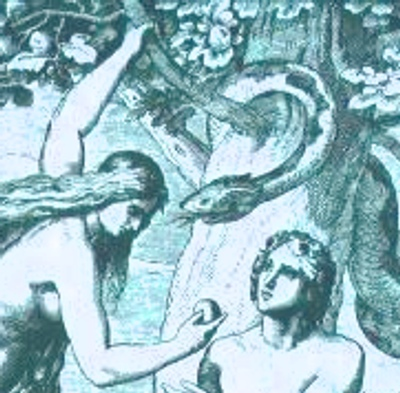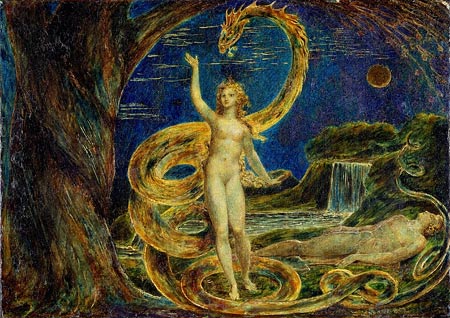Intervention #3 will be centered around some of the theories of the
Russian philosopher Mikhail Bakhtin. The "imaginary property" research
group invites to a small symposium on May 16th featuring three guests
and a screening: After "Passing Drama" a film by Angela Melitopoulos,
Arianna Bove, Maurizio Lazzarato, and Angela Melitopoulos will give
presentations that are linked up with Bakhtins radical
reconceptualization of the relation between self and other. Bakhtin
suggests an event-like relation between “possible worlds”. The other is
neither an object nor a subject; it is the expression of possible
worlds.
"Bakhtin’s philosophy can still speak to us because it poses the
problem of the relationship between life and culture, between life and
art, a problem that traversed the entire beginning of the century, and
the 1920ies in particular. The solution given by Bakhtin to this
problem is markedly distinct from the solution of the ‘avant-gardes’.
According to Bakhtin, in order to ‘overcome’ the separation and
opposition between art and life, between art and culture, the
elaboration of a ‘first philosophy’ is required: The philosophy of
event-being. Art and life cannot and must not tend towards
identification, as was the case with the Situationists, for example.
But, in order that the enriching, excessive and productive difference
between art and life be able to express itself, it is necessary to
possess a theory which, whilst maintaining the irreducible differences
between these two dimensions, articulates them in the achievement of
the event." (Maurizio Lazzarato: Dialogism and Polyphony).


 Imaginary
Imaginary

